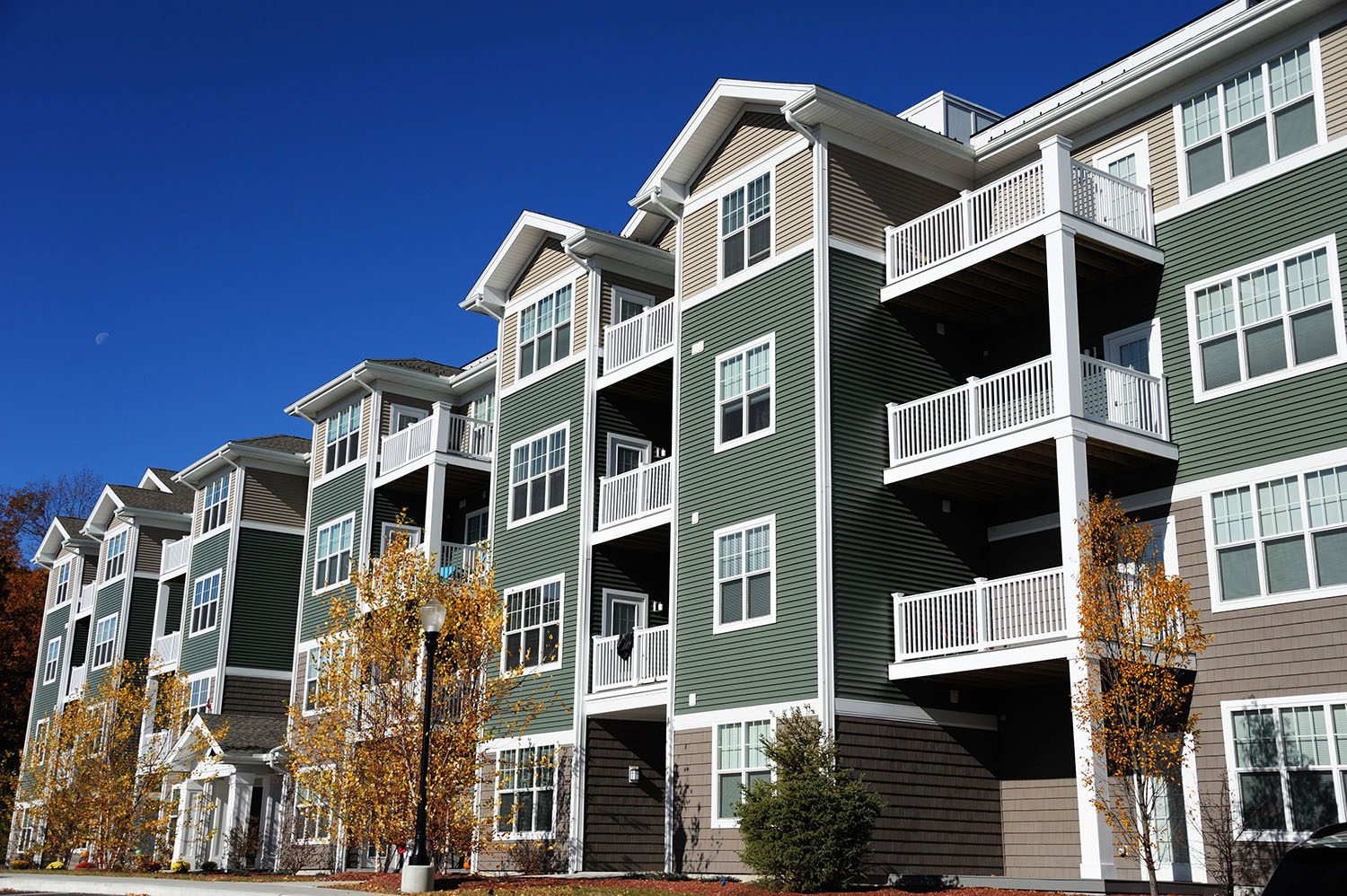How to Stop Roof Leaks Before They Happen
Water. It’s definitely our worst enemy here at TruGuard. Everything we do is about stopping water and moisture from entering your house. Unfortunately, water is tough to keep out! All too often we find poor installation, aging materials or storm damage make roofs susceptible to leaks. If left unattended, these leaks can lead to major problems such as rot and mold. The best thing you can do is learn to assess the health of your roof so you can proactively protect your home.
Always check your shingles after a storm
When a storm hits, the very last thing we’re thinking about is “how’s my roof?”. We just expect our roof (and our whole house for that matter) to protect us. But if you wait until you see watermarks on your ceiling, it’s too late and the damage is already done.
What to look for:
- Hail damage: After a hail storm, look for divets or small holes in your shingles.
- Peeled or missing shingles: Misaligned, peeling or missing shingles indicate wind damage has occurred.
Did you know: Your insurance may cover the damages?
Clean off those leaves in the fall
Cleaning gutters is such a chore! Do yourself a favor, though, and make sure your roof and gutters are cleared of leaves and other debris. Piles of leaves on your roof and clogged gutters mean the water has no place to go, except into the underlayment. And…where does that lead? It doesn’t take a rocket scientist to guess that the water will back up and eventually find its way inside.
Know the age of your roof
While your roof may “look fine,” what a manufacturer says about the longevity of its materials is important. In fact, companies like Owens Corning do tons of testing to know exactly how long your roof materials will last. And, that’s if your roof was installed properly. So, how do you know how old your roof is? Well, you likely received a detailed report during your home inspection when you bought the place. But, it never hurts to have a specialist out to assess the condition of your roof.
Did you know: We can help you determine the age and condition of your roof.
Look for cracks in paint or caulk
The pretty trim around your house is comprised of soffit, fascia, and gutters. At every point where those materials are connected, there’s the potential for a leak. Over time, caulking and paint, which act as a vapor barrier between these layers, can break down. Once a crack happens, water will certainly find its way there. And as the water gets in, further cracking and peeling will occur.
If you spot any of these issues with your roof, it’s best to call a professional right away. At TruGuard, we offer free roof inspections for this very reason. Staying proactive means you can rest assured that your roof is in tip-top shape for whatever Mother Nature has in store.


